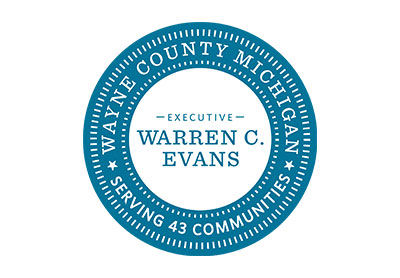
Cookie Monster
Consumers don’t like being chased by abandoned shopping carts around the internet. The third-party tracking cookie has been under fire for more than a decade. Turns out, many consumers find it creepy and invasive when their retail browsing history won’t let up. But they also want brands to understand and anticipate their needs. Customize their experience. Ergo third-party tracking cookies that enable addressable advertising. It’s a complicated relationship that folks in the ad tech ecosystem hope to solve with consumer education.
+ Almost two-thirds (63%) of US adults surveyed in June 2019 by the Pew Research Center correctly understood that cookies allow websites to track user visits and site activity. Performics and Northwestern University’s Intent Lab found in March 2020 that more than seven in 10 US adults wanted to see regulatory reforms of how companies treat their data, per eMarketer reports.
+ But knowledge and regulatory oversight aren’t enough to assuage consumer concerns about privacy. Consent is also predicated on transparency and control, which are often still not present. About three-quarters of US adults surveyed in November 2019 by geofencing firm Herow said they would be more likely to share their location data if they were given a clear and easy way to control if and how it was used.
+ Consumers have every right to be cautious and dubious of privacy practices online. Many are still smarting from Facebook’s old practice of allowing third-party apps to access data on their users’ friends that enabled the Cambridge Analytica fiasco in 2018. There is no easy workaround to solve data privacy and build consumer trust online. To win consumer confidence, advertisers and media companies must inform and earn consent.
Professional Differences
If you think your organization has been able to maintain team collaboration during the pandemic, you just might be an executive. Per a report from GlobalWebIndex and Vimeo, 45% of US executives said they are confident that their company can maintain a collaborative environment during the pandemic—but just 26% of employees said the same. The difference in opinion comes when a growing number of companies are planning hybrid WFM arrangements.
+ Pam, you’re on mute. Video meetings can help facilitate teamwork from afar. The report found that when leadership adopted video communication during the pandemic, employees are 55% more likely to feel confident about their company’s ability to maintain a collaborative environment, compared with leadership that has not adopted video communication.
+ The 25-minute rule. People struggle to concentrate via video meeting versus in in-person, and attention wanes significantly around the 25-minute mark of a video call, according to Protocol. US employees are also struggling to innovate and be creative while working remotely, with 60% of respondents to a Boomi survey attributing this to a lack of in-person information sharing with colleagues.
+ It’s time to upgrade your video meeting stack. Most businesses use two or more video collaboration products to manage communications amid the pandemic, according to a survey from Vyopta. Now that virtual meetings are here to stay for a while, organizations should revisit whether the tools currently in place are meeting their employees’ expectations for maintaining a collaborative working environment. Not sure what’s working and what’s not? Deploy a quick survey to get the conversation started.























